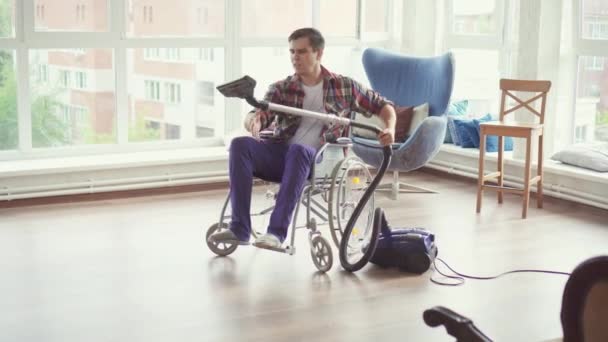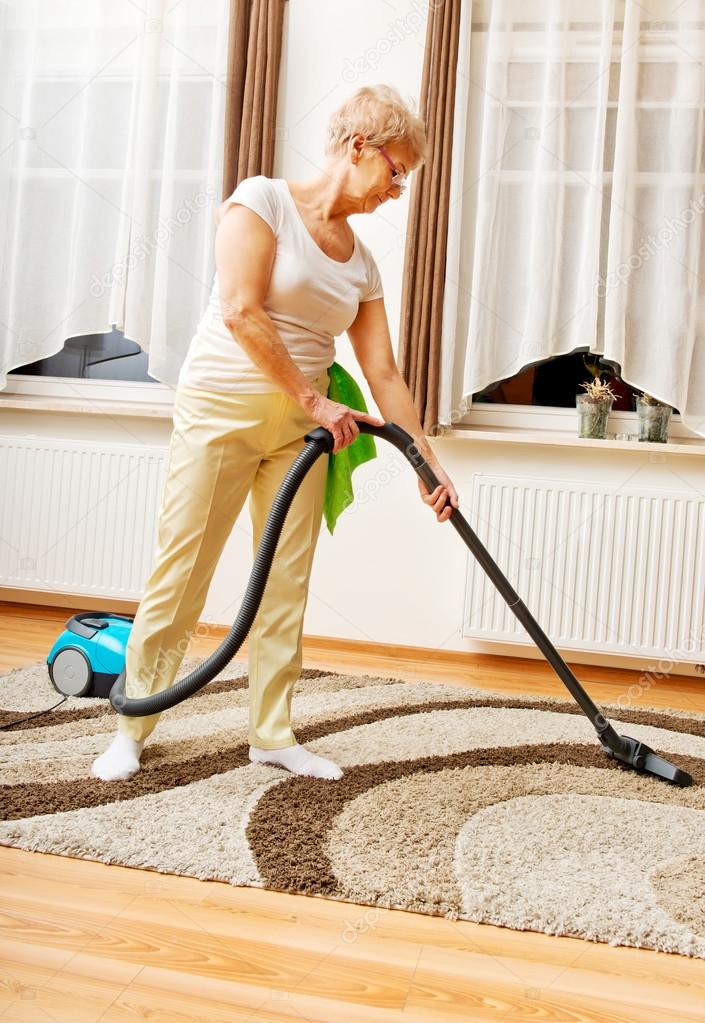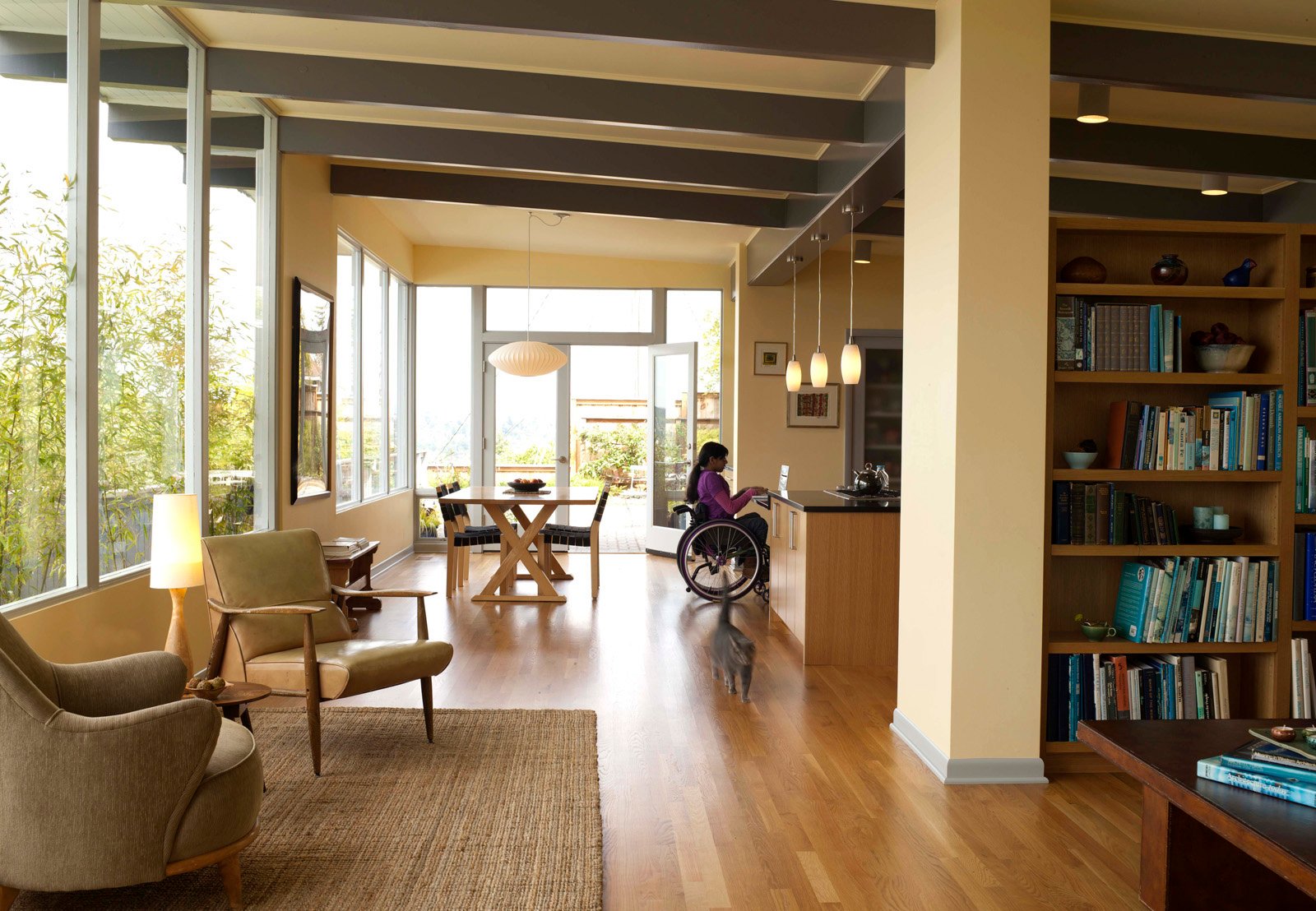
The sight of a person on a wheelchair brings misconceptions. Many non-disabled individuals assume wheelchair users are severely sick, have mental conditions, or cannot walk completely. While this may be true in some cases, many wheelchair users can function well enough. The only reason they need a wheelchair is that they have limited mobility. The wheelchair helps them get on with their everyday activities.
 Many wheelchair users can accomplish the following chores despite their conditions, proving that they can get by with their mobility issues:
Many wheelchair users can accomplish the following chores despite their conditions, proving that they can get by with their mobility issues:
- Vacuuming with a handheld cordless vacuum
- Sweeping with a lightweight broom
- Gardening on an elevated bed planter
- Cleaning dishes with a dishwasher
- Doing the laundry with a front-loading washing machine
- Prepping meals on a height-adjustable work surface
- Creating shopping lists and grocery inventory
- Keeping track of finances and budget
- Paying bills online or through digital means
In 2016, approximately 1.85 percent of the world’s population required a wheelchair, according to the Wheelchair Foundation. That percentage translated to about 131,800,000 people.
Making the Home Wheelchair-Friendly
With more people requiring wheelchairs, it’s time for home builders and contractors to design residential structures that adapt to the needs of these individuals. Family members must also keep these needs in mind when thinking of the layout of the home, to accommodate the wheelchair user.
Start with the doorway and the ramp. The Americans with Disabilities Act sets the standard for doorway width, which should allow a wheelchair to enter or exit, as well as maneuver easily. Family members or landlords must also simplify the interior layout to facilitate wheelchair movement and maintain the safety of the disabled resident. Here’s how:
- In the kitchen, invest in wall ovens instead of standard floor units. To help wheelchair users see the contents of pots and pans while cooking, place mirrors where necessary. Still, though these handy tools are available, someone should assist the wheelchair user cook to ensure safety.
- Remove unnecessary objects from the living room, so there will be fewer items to dust and clean. Also, furniture should be strategically positioned to allow for wheelchair access.
- In the laundry room, place all hampers, detergents, and other laundry materials in one reachable place so that the wheelchair user doesn’t have to go back and forth to fetch things. Opt for non-slip flooring in this part of the house.
- Place storage cabinets on the floor in kitchens, laundry rooms, and washrooms. Make sure they have side openings for easy access to stored items.
While the wheelchair is a part of who they are, wheelchair users are not defined by their wheelchairs or their conditions. Friends and family should not be quick to dismiss their interest to help out around the house. Instead, they should encourage these individuals to find something valuable or meaningful to do. When wheelchair users are not pitied or treated differently, they can start feeling like 98 percent of the population.
If you or your loved one is looking for a place to buy a wheelchair to help with your loved one’s mobility needs, you’ve come to the right site. Here at 1800wheelchair.com, we offer various wheelchairs that suit your unique needs.
Talk to us today for any questions and subscribe to our newsletters for exclusive deals.
